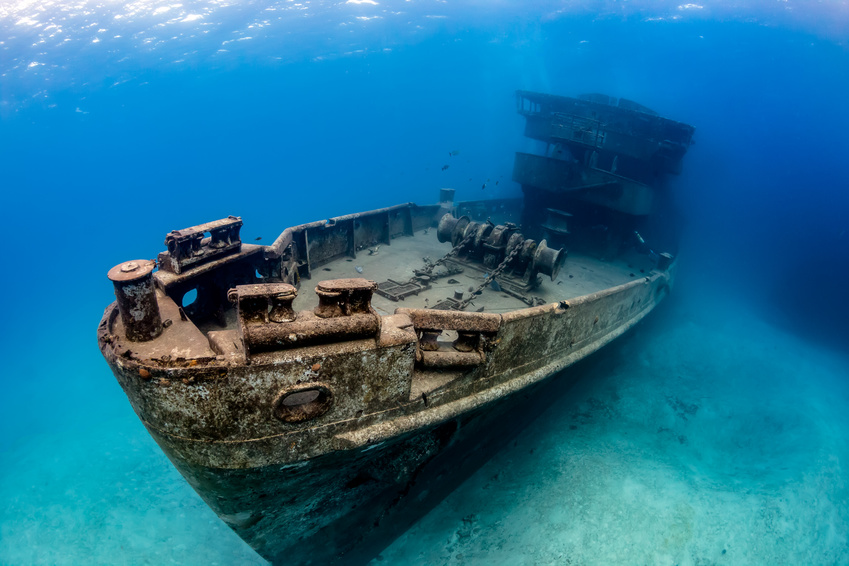The Kittiwake Shipwreck and Artificial Reef: Amazing Facts
The USS Kittiwake was a United States navy submarine used from its commission date on July 18, 1946 until the mid-90s. It was a Chanticleer-class vessel intended for rescue missions along the U.S. East Coast and in the Caribbean, though it was eventually taken to the Mediterranean in the late 60s. The decommission of the famed submarine occurred in 1994, when the title was transferred to the government of the Cayman Islands for an undisclosed sum. Kittiwake was intentionally sunk off the coast of Seven Mile Beach, Grand Cayman, on Jan. 5, 2011, to serve as an artificial reef.
Learn a few fun facts about this contribution to marine conservation.
Fact #1: The Submarine Is Protected Under Cayman Island Law
No one is allowed to touch or take anything from the artificial reef, or fish off it as per Cayman law. You must pay the entrance fee to visit the reef. Money from entrance fees is used to maintain and protect the reef.
Fact #2: It’s Diver Friendly
The Kittiwake was cleaned of all oils and chemicals before it was sunk. This was to avoid polluting the water and nearby reefs, and to help make the ship diver-friendly. Most of the ship’s internal fixtures were removed for the same reason. Open water divers are allowed to swim through the first three of the five ship decks. Advanced divers can swim all five. Dive highlights include a mess hall with tables and chairs, a decompression chamber, and a bathroom with mirrors so you can see yourself in your dive gear.
Fact #3: The Ship Is Only 15 Feet Below the Water During Low Tide
The famous ship is a mere 15 feet below the water during low tide, and 64 feet below the surface during high tide.
Fact #4: It Recovered the Black Box From the Challenger
Most of the Kittiwake’s missions are naturally classified, but it’s still possible to look up stories about the sub’s heyday. For example, the sub recovered the black box from the tragic Challenger space shuttle explosion in 1986 after it fell into the stormy waters of the Atlantic.
Fact #5: Swimming Outside of the Wreck Is Not Recommended
Swimming outside or anywhere near the artificial reef is not considered safe. It is a “high-traffic” area for marine life, including the gentle-yet-enormous whale sharks.
What other facts do you know about the Kittiwake and its function as an artificial reef?



